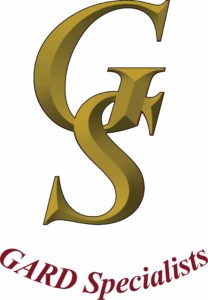Lead Planes
We take a lot of things for granted in our world. In 2004 most of the federal pilots flying large airtankers in the U.S. took their jobs for granted until a fax appeared at the offices of the various contractors saying their contracts had been withdrawn. At Aero Union (July 2011) a sheet of paper spit out of a machine after some innocuous fax noises and drifted to the floor. A very nice lady named Julie, employed there, saw it, picked it up, and lives changed. Nobody works at Aero Union anymore.
At the operational end of the aerial firefighting industry there is no question that the lead plane or ASM module is a valued resource when employed correctly. There will always be debate about the effectiveness of any resource on specific fires with the accompanying critique be it bull session or debrief. Ultimately, the primary goal is to enhance safety. The most current manifestation of the Forest Services commitment to safety being SMS, Safety Management Systems, intended as a risk management tool. In SMS a lead plane is assessed to be a risk-mitigating factor. I suspect we will all become more familiar with SMS in the near future.
All this being said it is ironic that the lead plane program continues to be a subject of debate at the highest levels of management and decision making of the forest service. Leased aircraft have taken the place of agency owned assets and reflect short-term solutions to long-term problems. The money spent could have been an investment as well as a commitment to the program and contributed to the long term stability and viability of the program.
Another idea that floats to the surface occasionally is limiting the lead planes to 500’ AGL. The rational appears to be the mitigation of liability. Without a low level lead the tanker pilot assumes the responsibility and liability if there is a problem. If the priority is to limit liability as opposed to risk we will continue to handicap the fixed wing tanker and lead programs. The logical extension of this thinking is elimination. For now the VLATs and MAFFs require a lead. Most of the Canadian tankers require a bird dog or lead but that could change.
I believe last year’s problems involving tanker 11 and MAFFs 7 has given new life to the detractors of the lead plane program within the FS. The lead plane program should not be taken for granted.











Lead planes and ASM are the best assets for the Feds. Getting rid of them would make no sense at all… Therefore it might happen.